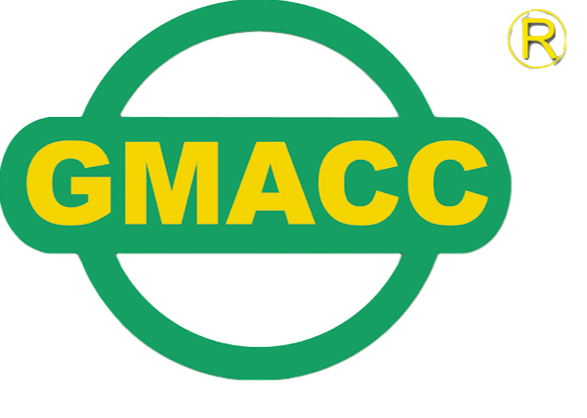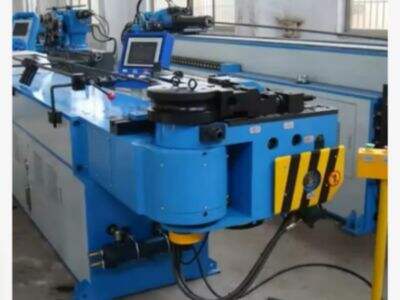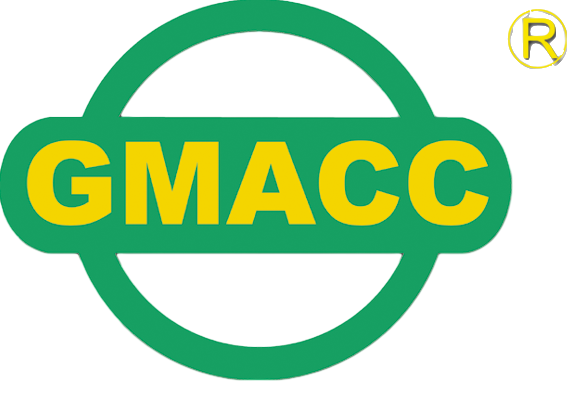Mandrel Benders Are Used For Varying Radius And Material Types
What is the significance of customization in mandrel benders? Mandrel benders are equipment used in order to bend pipes and tubes needed for all kinds of projects due to the fact that metal materials can easily be fixed or welded to one another. The use of these machines is crucial for making accurate bends on various materials such as steel, aluminum and copper. The process of customizing with mandrel benders is an imperative element to its effective use. The ability to customize the machine helps the user to tweak it as per his requirement for each project and thus obtain high accuracy and reliability in results. Understanding how to adjust mandrel benders based on medium thickness and bend turns allows users to maximize efficiency in their metalworking projects.
How To Set Up Mandrel Benders For Different Radius Sizes?
The radius size of the bend you need is a critical factor to take into consideration when it comes to your mandrel bender modifications. Some projects may need bends with more or less bend, so you should consider an adjustable machine. To meet the specific diameter size, users can change both mandrel positioning and tooling selection as well as bend speed. If the end user sets these parameters carefully, they can get the precisely radii of bends for each project.
Optimal practices the use of mandrel benders on various material types
After benders have modified the size of their radii that they can work with, the material type provides another layer of customization. Materials have different properties that can influence the bending process, such as hardness, thickness and ductility. Factors such as tool selection, use of lubrication, and bending temperature can be modified to customize mandrel tubing benders for unique material types. You can bend softer materials easily in your own 3rd-year engineering design room By adjusting the tools and the with proper settings to prevent damage on every material.
Tailored mandrel benders for optimum efficiency
Tailoring mandrel benders to the needs of each individual job greatly increases efficiency and productivity. The machine settings can be adjusted (like for radius size or material type) to decrease waste, avoid errors and increase the throughput of these systems. Customizing mandrel benders for a particular project can also help ensure the final result falls into your project specifications and quality requirements. Customizing GMACC electric conduit bender for each project, users can customize their interaction to optimize workflow, and get faster more accurate results.
How to Customize Mandrel Benders for the Best Results?
There are many important factors that need to be taken into account when customizing mandrel benders so that they can produce the best results. Material types and sizes of radii, machine settings, and part details all play roles. It is through an understanding and careful evaluation of these inputs that the desired bend performance. To achieve repeatable process adjustments needed to make precise, consistent bends made in a variety of materials. That said, the copper pipe bender must also be properly maintained and accurately calibrated on a regularly scheduled basis to perform well over time. If users follow these key elements and proper guidelines applications they can achieve properly designed mandrel bender for various radius and materials types to deliver the right metalworking bends on projects.

 EN
EN
 AR
AR
 BG
BG
 HR
HR
 CS
CS
 DA
DA
 NL
NL
 FI
FI
 FR
FR
 DE
DE
 EL
EL
 HI
HI
 IT
IT
 JA
JA
 KO
KO
 NO
NO
 PL
PL
 PT
PT
 RO
RO
 RU
RU
 ES
ES
 SV
SV
 CA
CA
 TL
TL
 IW
IW
 ID
ID
 LV
LV
 LT
LT
 SR
SR
 SK
SK
 SL
SL
 UK
UK
 VI
VI
 SQ
SQ
 ET
ET
 GL
GL
 HU
HU
 MT
MT
 MS
MS
 SW
SW

